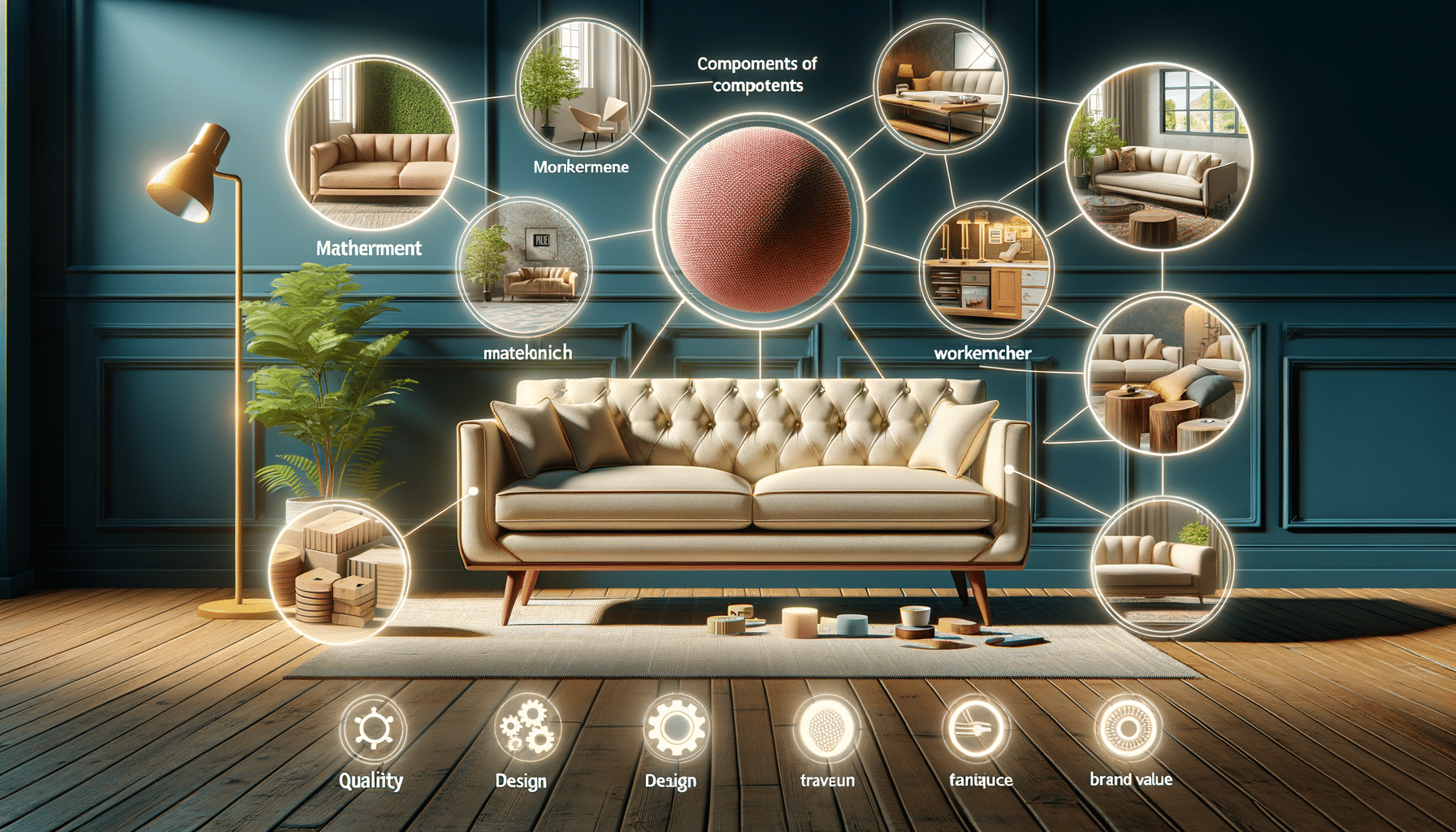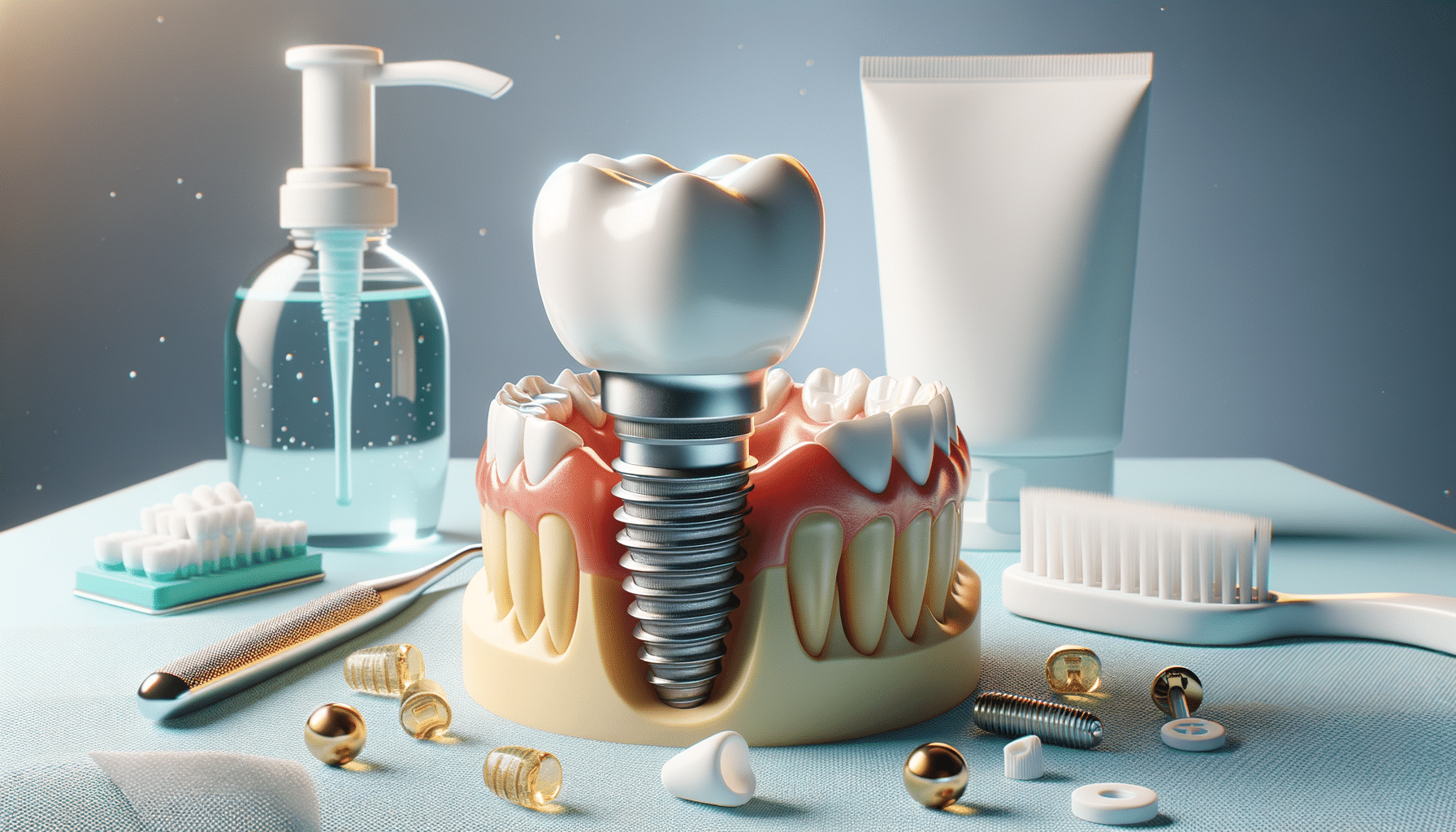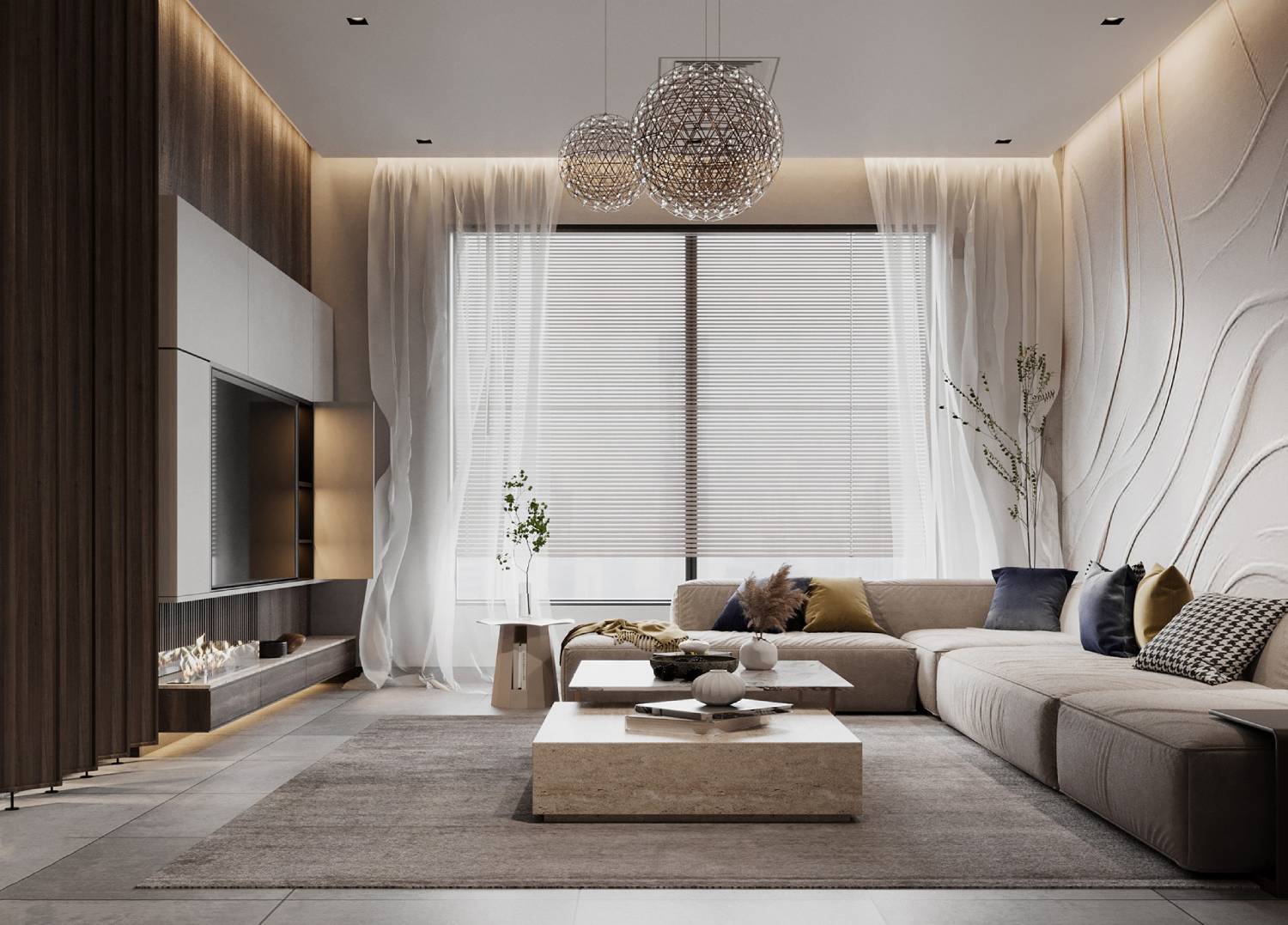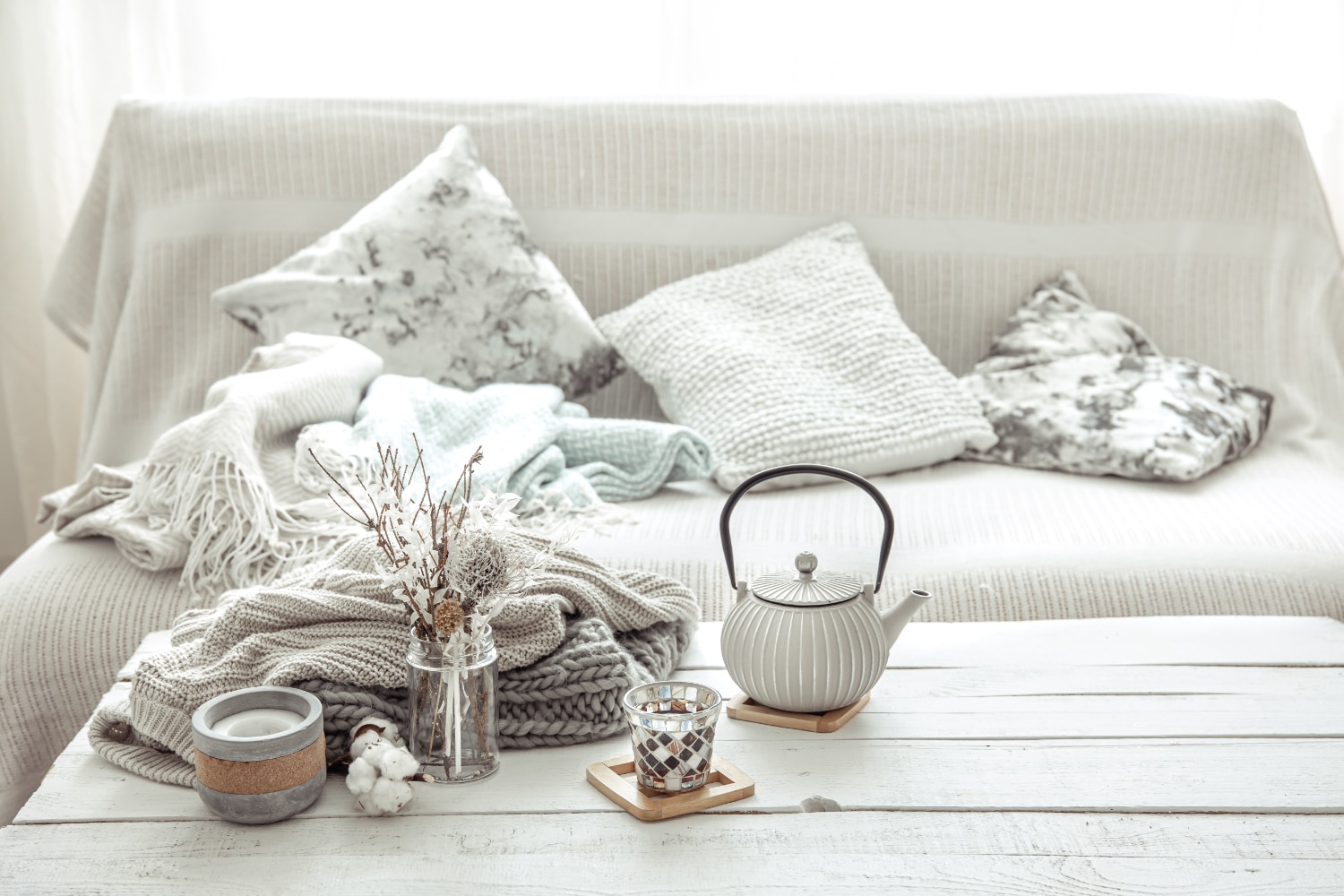
5 Essential Items Every Minimalist Home Needs
In a world full of consumerism, the minimalist lifestyle is a refreshing choice. Embracing minimalism is about more than just decluttering. It’s a journey towards intentional living, prioritising quality over quantity. A minimalist home brings clarity, efficiency, and peace by removing distractions. This blog looks at five key items for a minimalist home. It shows how to build a calm and useful living space. When we know what adds value to our lives, we can create spaces that foster peace, efficiency, and happiness.
Why Minimalism Matters
Minimalism is not simply a trend; it’s a philosophy that encourages individuals to focus on what truly matters. In our fast-paced society, it’s easy to become overwhelmed by material possessions. Minimalism invites us to step back and evaluate our relationship with these items. It’s about making conscious choices that reflect our values and aspirations.
The Benefits of Minimalism
Adopting a minimalist lifestyle offers numerous benefits. Firstly, it reduces stress. A cluttered environment often leads to a cluttered mind. By simplifying our surroundings, we create space for relaxation and clarity. Secondly, minimalism promotes financial freedom. By prioritising quality over quantity, we make fewer purchases, saving money in the long run. Lastly, minimalism encourages sustainability. By choosing fewer, high-quality items, we reduce waste and our environmental footprint.
Minimalism also fosters mental well-being by promoting a sense of control over one’s environment. Studies have shown that excessive clutter can contribute to anxiety and decreased productivity. Embracing minimalism helps people focus better and creates a more peaceful home.
Essential Minimalist Items
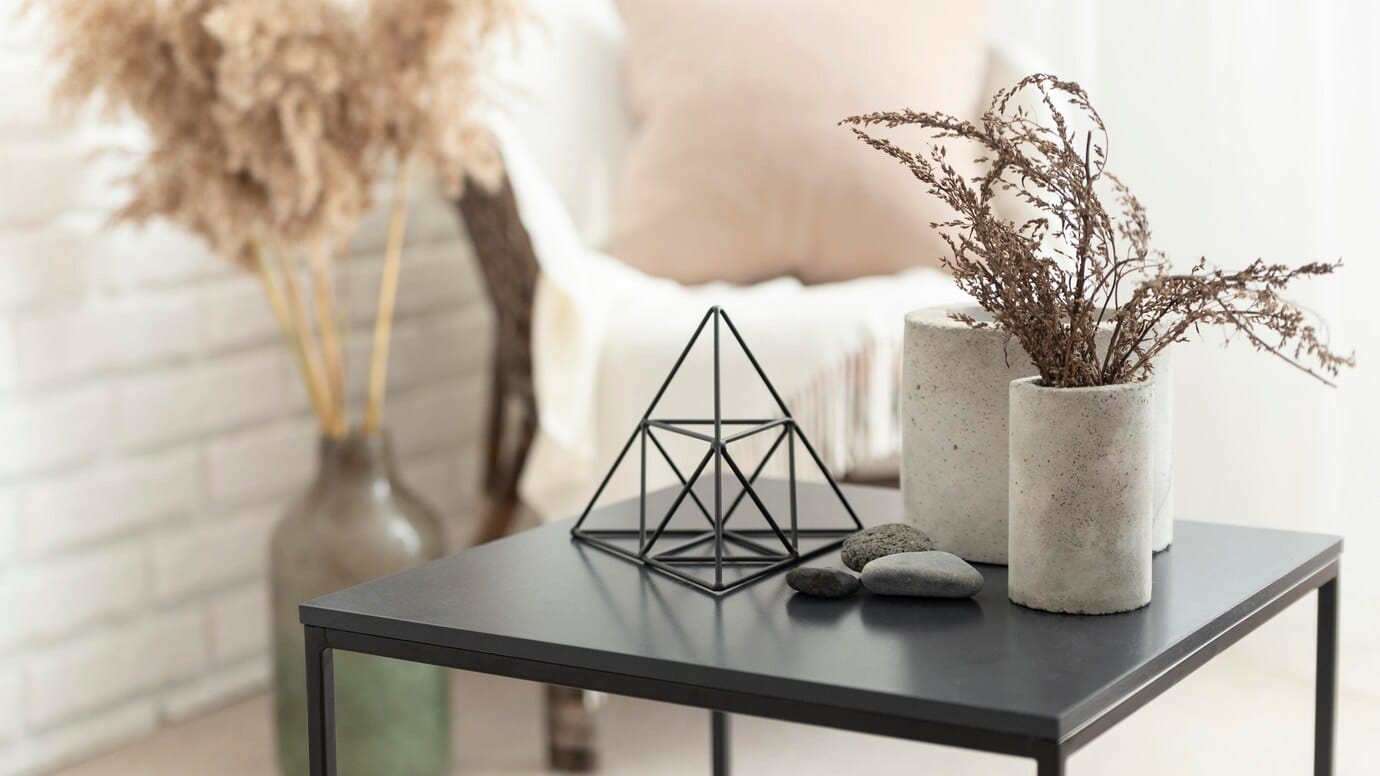
When curating a minimalist home, it is important to focus on items that offer both functionality and aesthetic appeal. Here are five essential items every minimalist home needs:
1. Multi-Functional Furniture
In a minimalist home, every piece of furniture should serve a purpose. Multi-functional furniture is a cornerstone of minimalist design, offering versatility and efficiency. Consider a sofa bed for guests or a dining table that doubles as a workspace. These pieces maximise space without sacrificing style or comfort.
Choosing the Right Multi-Functional Furniture
When selecting multi-functional furniture, focus on quality and durability. Opt for pieces made from sustainable materials that will stand the test of time. Look for designs that complement your home’s aesthetic while providing the functionality you need. For example:
- A foldable dining table: Ideal for small apartments, it can be expanded when guests visit and tucked away when not in use.
- A bed with storage drawers: This is great for holding extra bedding, clothes, or seasonal items. This helps reduce the need for more storage furniture.
- Modular seating arrangements: They are flexible. You can change them for any occasion. This way, you avoid excess clutter.
2. Quality Bedding
A minimalist bedroom is a sanctuary of rest and relaxation. Quality bedding is essential for creating a peaceful sleep environment. Invest in high-thread-count sheets, a supportive mattress, and comfortable pillows. These items enhance your sleep quality, contributing to overall well-being.
The Importance of Quality Over Quantity
In minimalism, it’s crucial to prioritise quality over quantity. This principle applies to bedding as well. Rather than owning multiple sets of low-quality sheets, invest in one or two high-quality sets. This approach ensures comfort and longevity, aligning with minimalist values. Natural fabrics like organic cotton and linen can boost sleep hygiene and sustainability.
3. Timeless Kitchenware
A minimalist kitchen focuses on functionality and simplicity. Timeless kitchenware is key. It helps you cook meals easily and keeps your space tidy. Invest in high-quality pots, pans, and utensils that serve multiple purposes.
Selecting Minimalist Kitchenware
When choosing kitchenware, consider the materials and design. Opt for stainless steel or cast iron, which are durable and versatile. Select items that are easy to clean and maintain, ensuring they remain a staple in your kitchen for years to come.
- A great chef’s knife: Rather than buying many knives, choose one top-quality all-purpose knife. It can tackle most kitchen tasks.
- Stackable cookware: Saves space while providing all necessary cooking options.
- Reusable and sustainable materials: Choose glass, bamboo, or metal instead of plastic. This choice supports minimalism and helps the environment.
4. Organisational Tools
Organisation is key to maintaining a minimalist home. Invest in tools that help you keep your space tidy and efficient. This includes storage solutions like baskets, shelves, and drawer organisers. These tools stop clutter from building up. This makes it easier to live a minimalist lifestyle.
Effective Decluttering Strategies
To effectively declutter, start by evaluating each item’s purpose and value. Organise items using tools so everything has its own place. Regularly assess your belongings to prevent unnecessary accumulation. Consider the one in, one out rule—for every new item brought into your home, another should be donated or discarded to maintain balance.
5. Minimalist Decor
Minimalist decor enhances the aesthetic appeal of your home without overwhelming the senses. Choose decor that is simple, elegant, and meaningful. This could include a piece of artwork, a plant, or a candle. The goal is to create a harmonious environment that reflects your personal style.
Incorporating Minimalist Decor
When selecting decor, focus on pieces that resonate with you. Avoid trends that may quickly become outdated. Instead, choose timeless pieces that add value to your space.
- Neutral colour palettes: Promote calm and cohesion.
- A single statement piece: A striking vase, sculpture, or framed photo can add personality without cluttering the space.
- Functional decor: Consider decor that also serves a purpose, such as stylish storage baskets or an elegant yet practical lamp.
Additional Expert Tips & Common Mistakes to Avoid
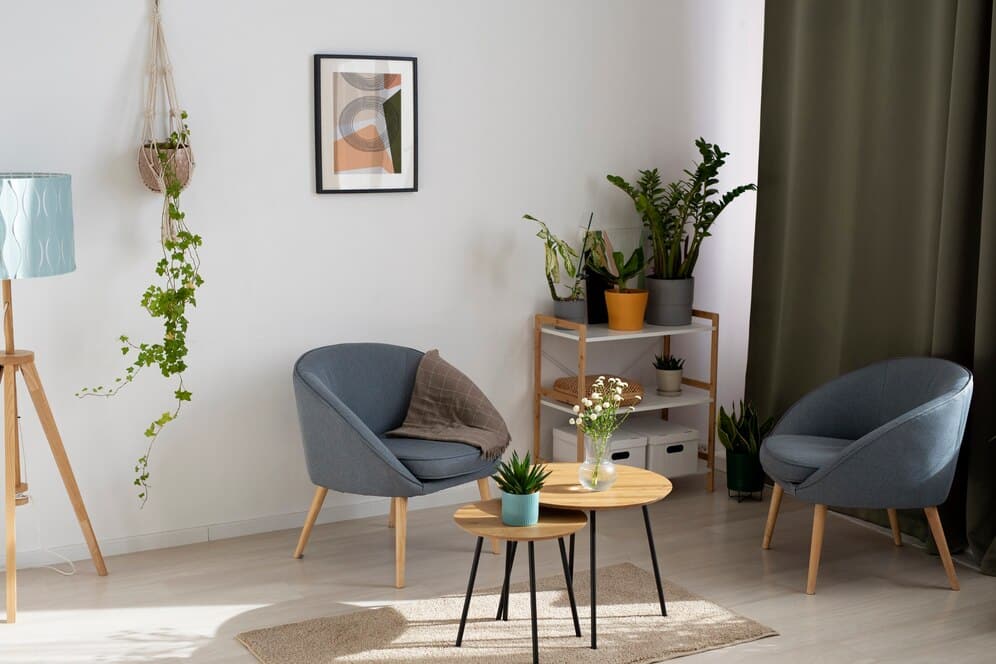
While embracing minimalism, it’s important to avoid common pitfalls. One mistake is over-purging. While decluttering is essential, it’s crucial to retain items that bring joy and functionality. Another mistake is succumbing to minimalist trends. Stay true to your values and needs rather than following fleeting trends.
Expert Recommendations for a Minimalist Home
Experts say to check your things often. This helps you stay on track with your minimalist goals. Practise mindful purchasing by considering each item’s purpose and longevity before buying. Embrace digital minimalism. Start by decluttering your emails and files. This will help reduce mental clutter.
Also, making routines for a minimalist life can help you keep it going. Try weekly decluttering sessions or think carefully about your purchases.
Embracing Minimalism for a Fulfilling Life
Creating a minimalist home is a journey of intentionality and mindfulness. Focusing on key items that are both useful and beautiful can improve your space. This will boost your quality of life. Minimalism is not about deprivation; it’s about making space for what truly matters.
Add these key items and ideas to your home. You’ll enjoy the many benefits of a minimalist lifestyle. No matter if you’re beginning your minimalist journey or improving your space, these tips will guide you to live intentionally and fully.
Start today. Assess your home, practice mindful consumption, and build a space that brings clarity, joy, and purpose.
